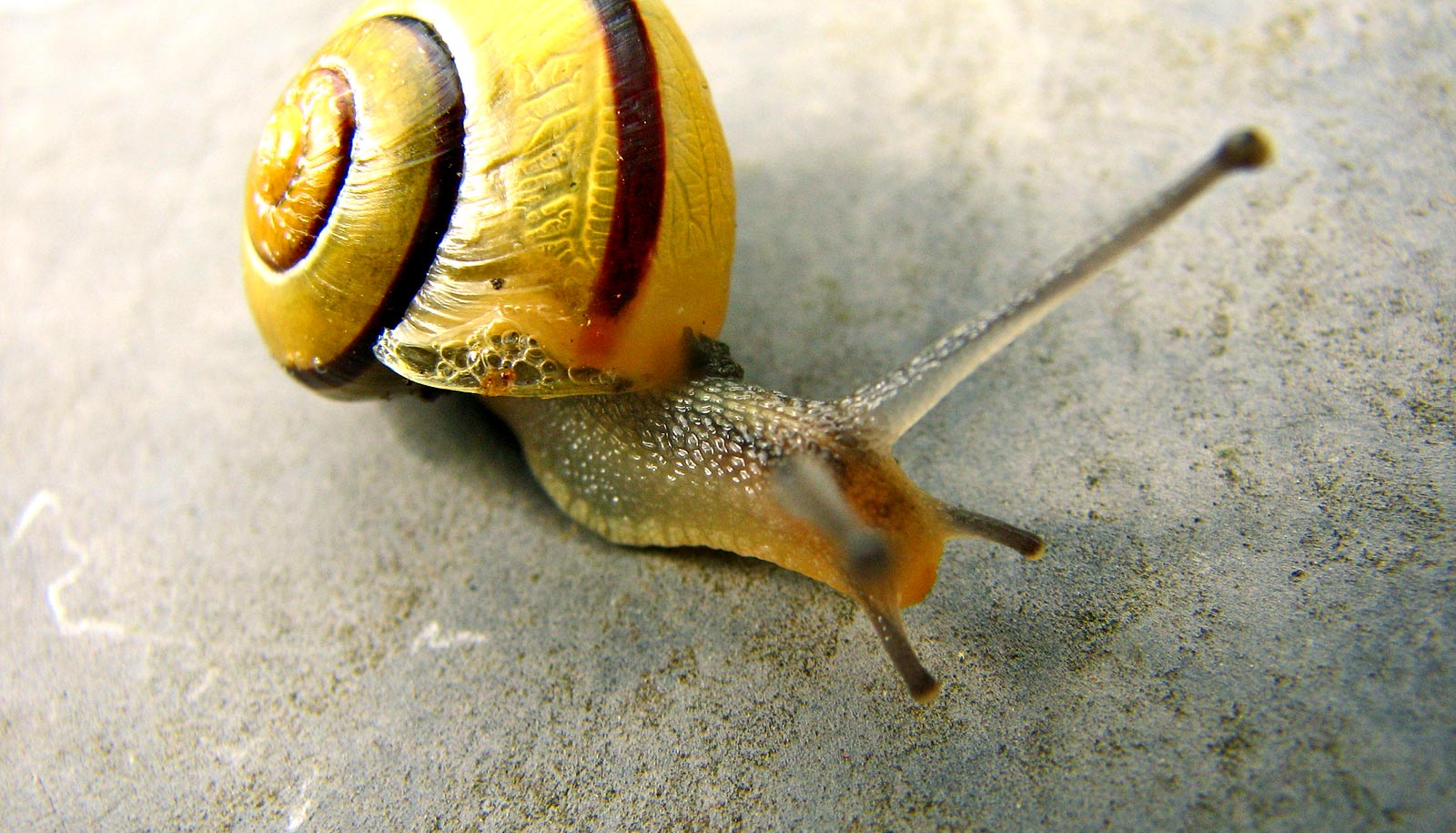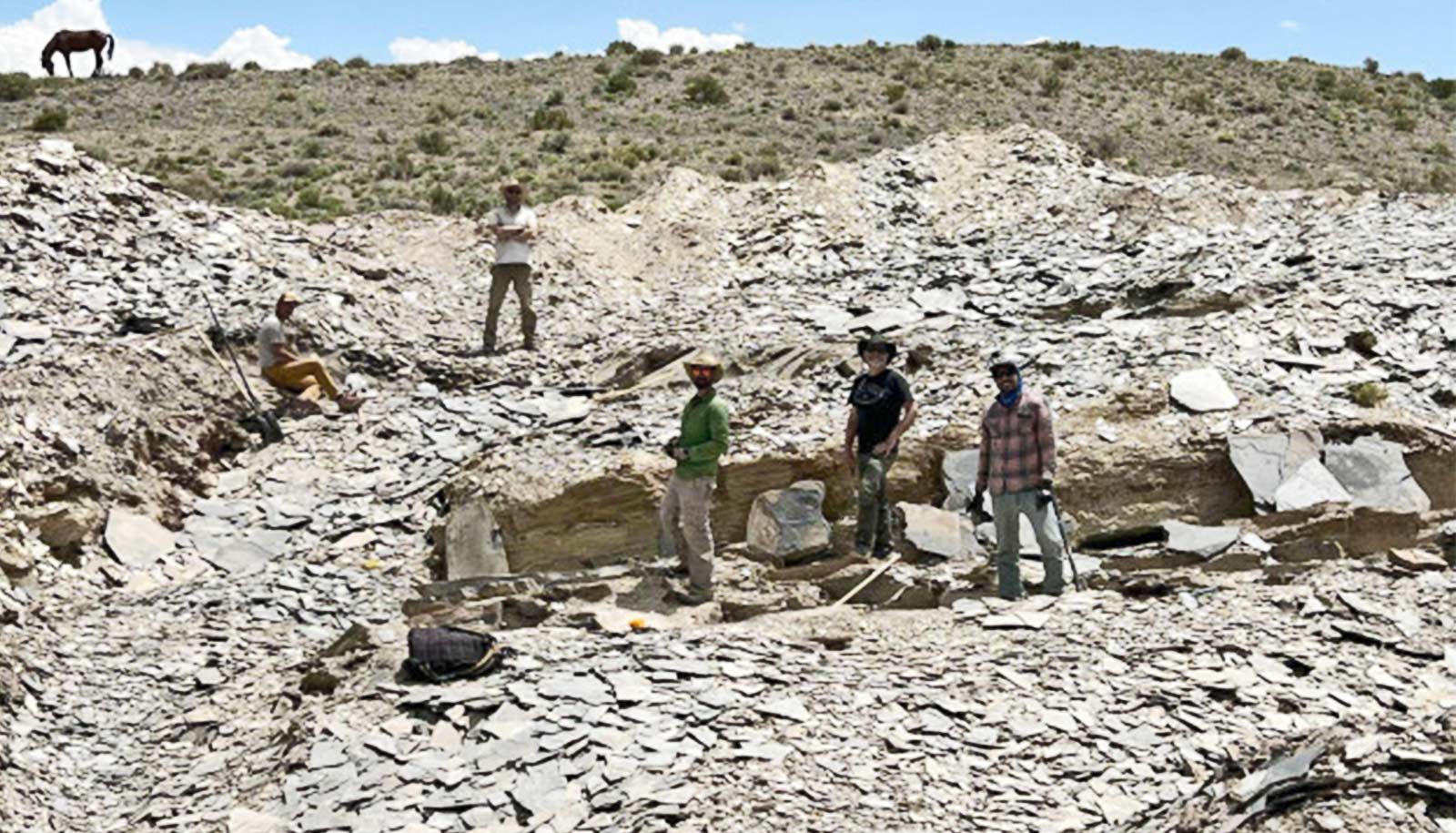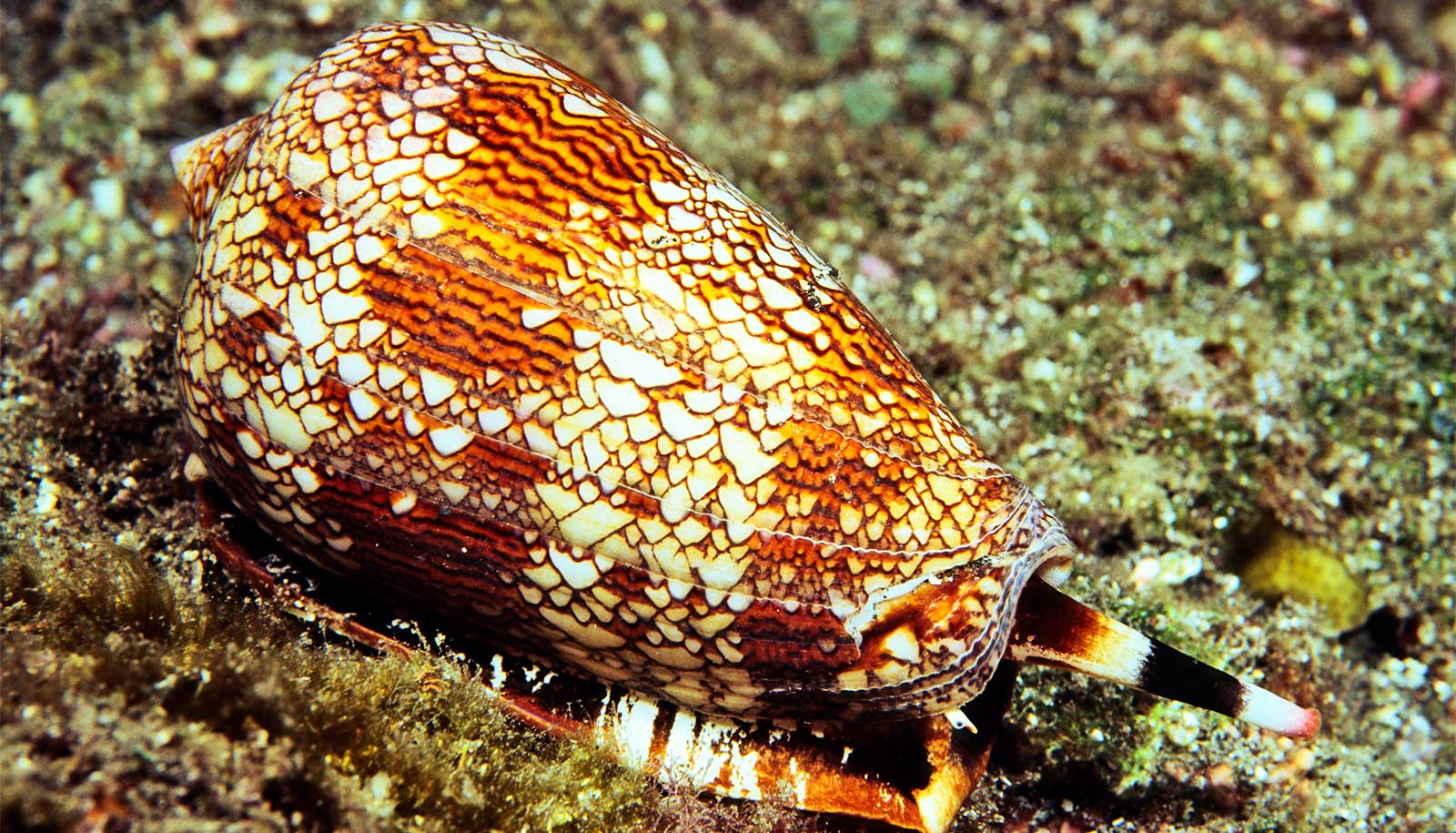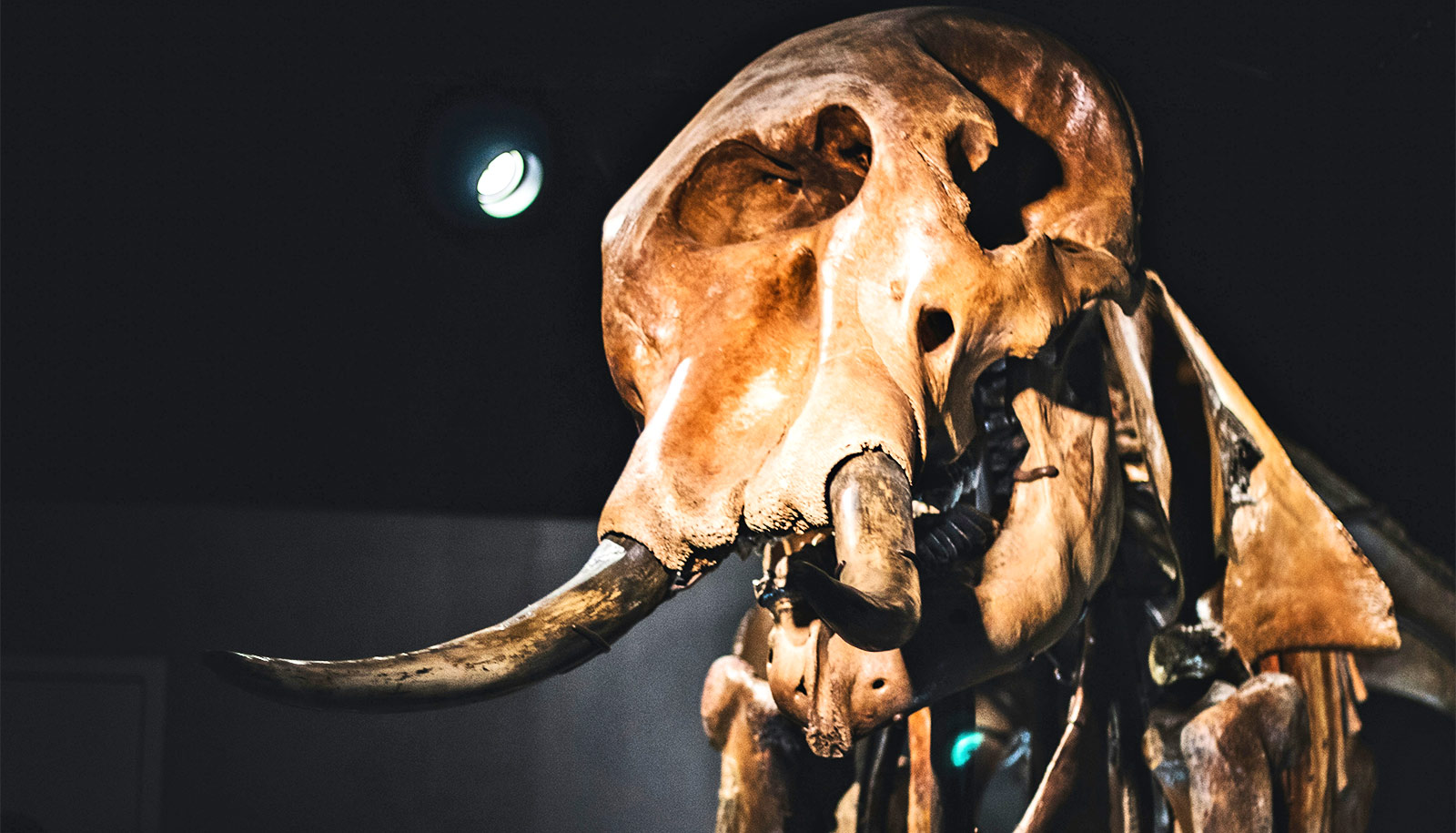Scientists have discovered the 480-million-year-old remains of a spiny little slug with tiny teeth and a helmet. It may be the earliest stage in the evolution of mollusks, a diverse group of invertebrates that includes squids, octopuses, snails, and clams.
The animal—named Calvapilosa which means “hairy scalp”—was discovered in a fossil-rich deposit in Morocco known as the Ordovician Fezouata Formation. Calvapilosa is an early offshoot of the line that leads to the modern coat-of-mail shells or chitons.
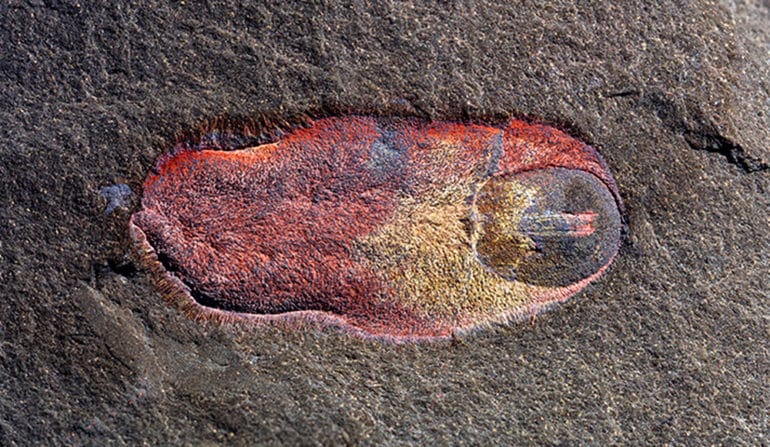
Calvapilosa has a tooth-lined jaw for feeding, carries a helmet-like shell on its head, and has spines that extend over its entire upper body.
“This discovery brings a neat solution to how the ancestor of all mollusks may have looked,” says Jakob Vinther, a former Yale University doctoral student who is now at the University of Bristol and lead author of the study in Nature. “It was a slug that carried a single shell and lots of little spines or sclerites.”
Ancient ocean quirk left us these bizarre fossils
Researchers believe the spines, which were not mineralized in the earliest mollusks, hardened and became stronger in Calvapilosa.
“Mollusks consist of a multitude of distinct groups, which all originated about 520 million years ago in a very short period of time, probably less than 20 million years,” says coauthor Derek Briggs, professor of geology and geophysics and curator at the Yale Peabody Museum of Natural History.
“Their evolutionary history is squeezed into a brief interval of evolutionary time called the Cambrian explosion, which makes the sequence of events difficult to piece together.”
Calvapilosa’s anatomy is similar to that of some famous older fossils from the Burgess Shale in Canada (Orthrozanclus) and Sirius Passet in Greenland (Halkieria). Those animals, along with Calvapilosa, now will find places on the earliest branches of the mollusk family tree.
“Morocco has revealed itself as a fossil treasure trove for ancient life,” says Peter Van Roy, a former postdoctoral researcher at Yale, who is now at Ghent. “It never ceases to amaze me what is discovered there.”
The National Science Foundation and the Division of Invertebrate Paleontology at the Yale Peabody Museum of Natural History, where specimens of the new fossil mollusk are held, supported the work.
Source: Yale University
